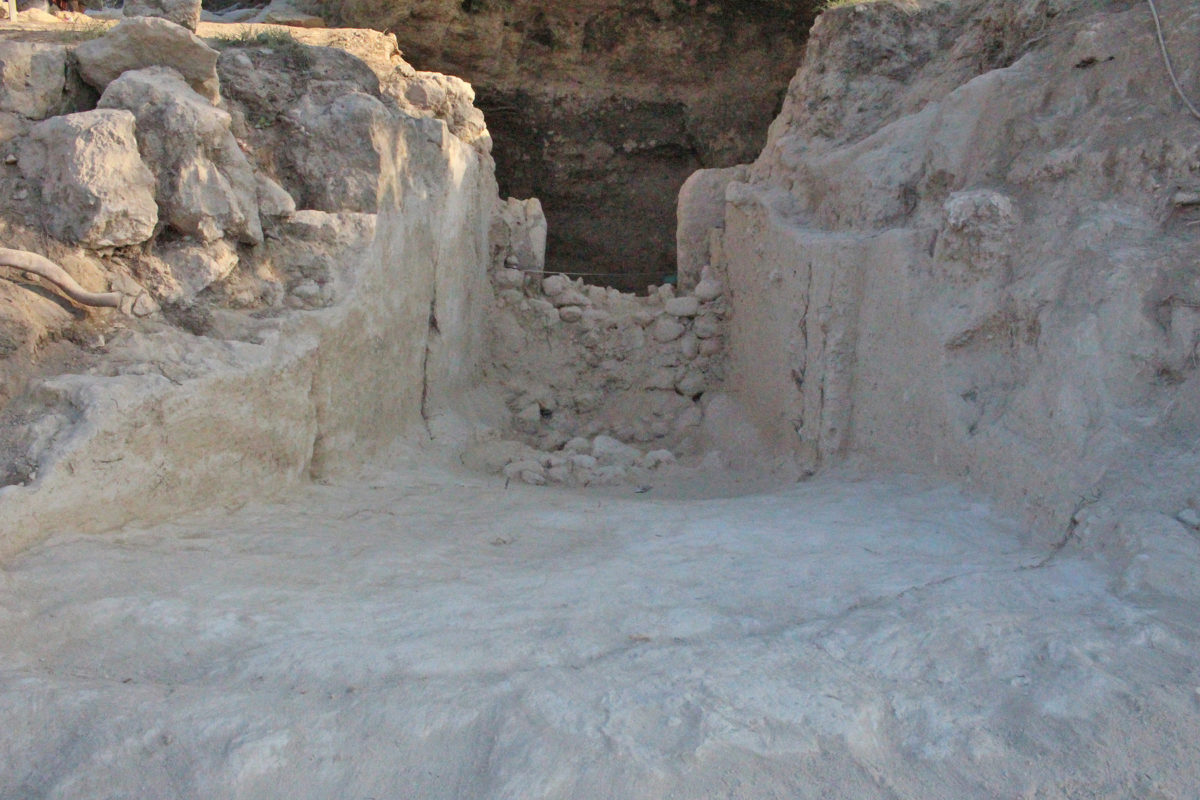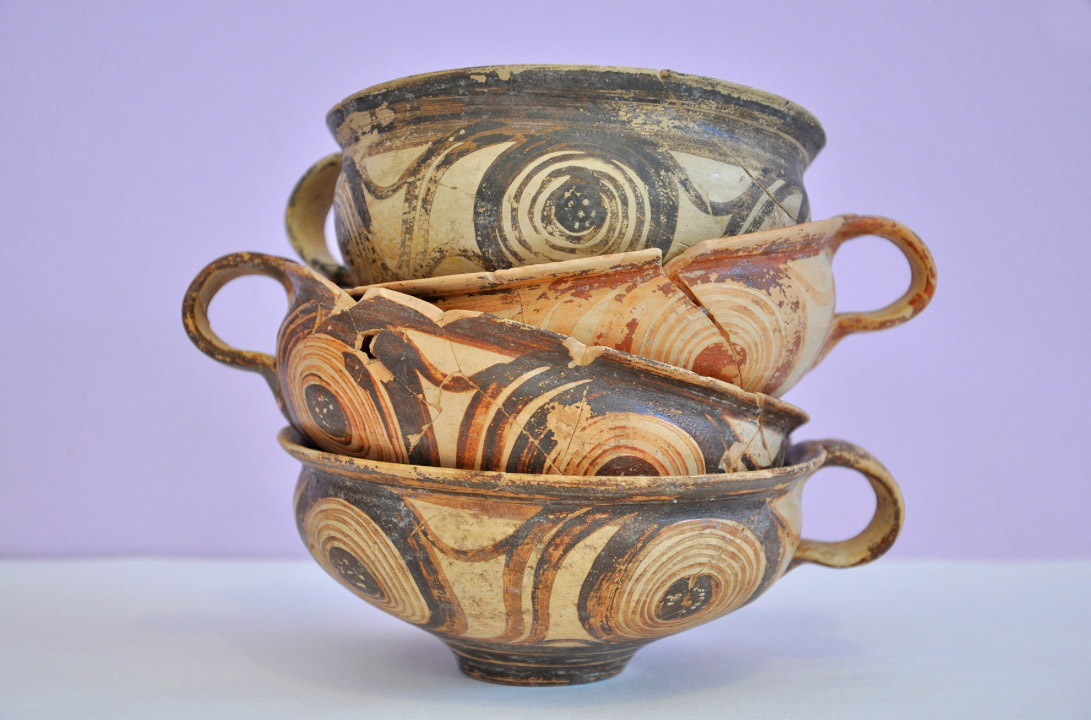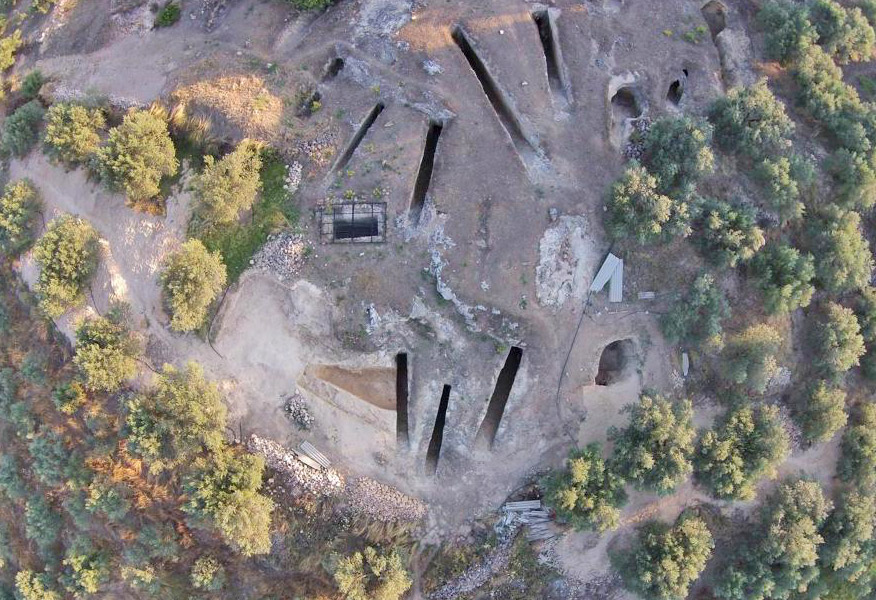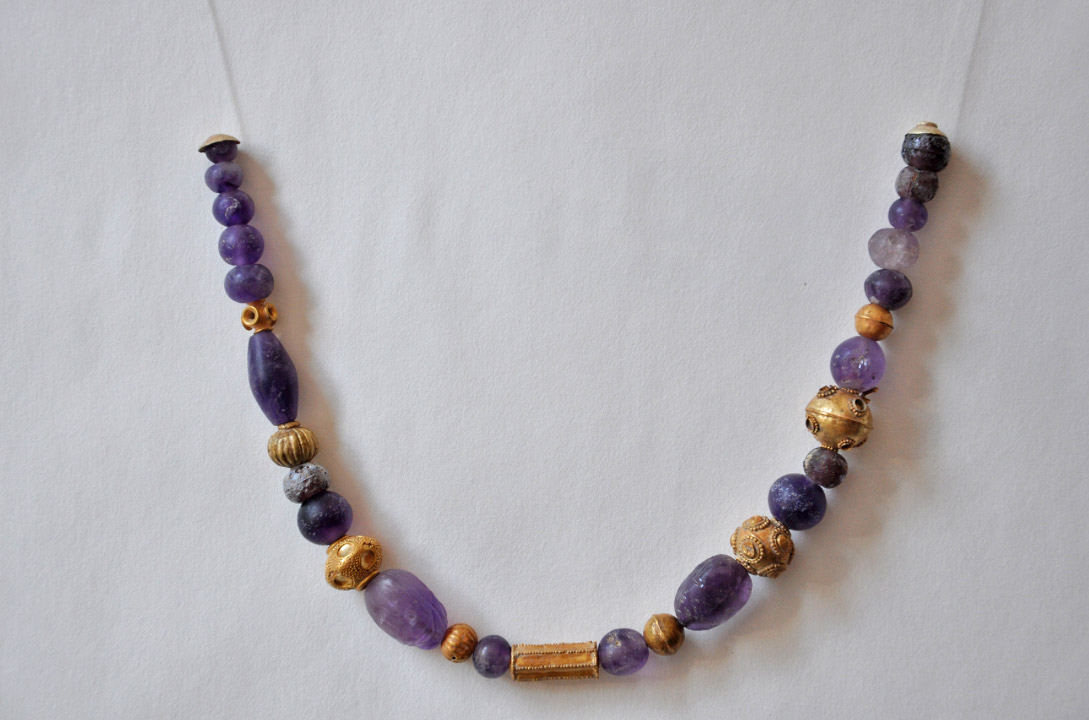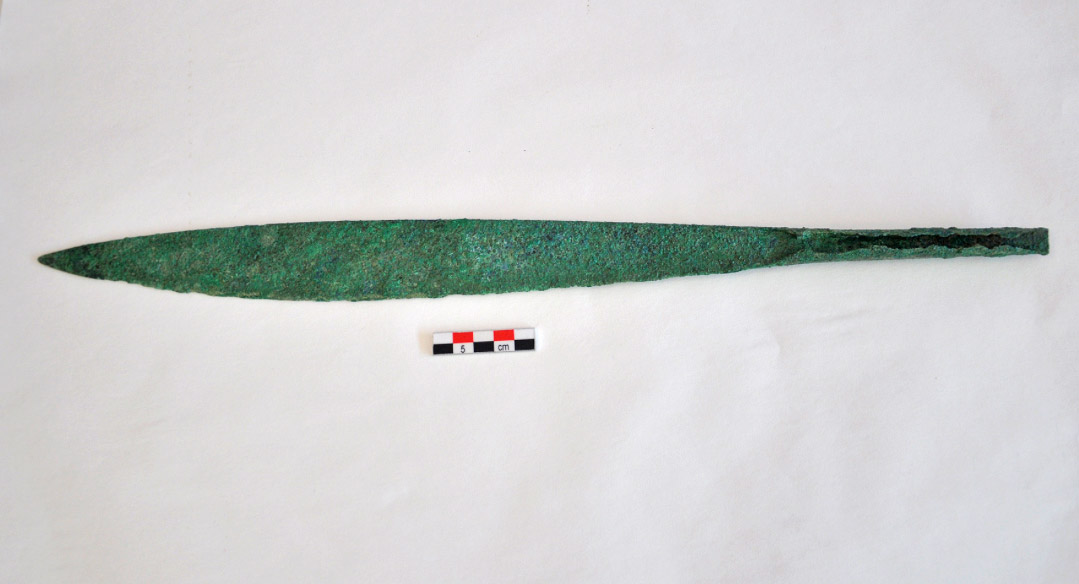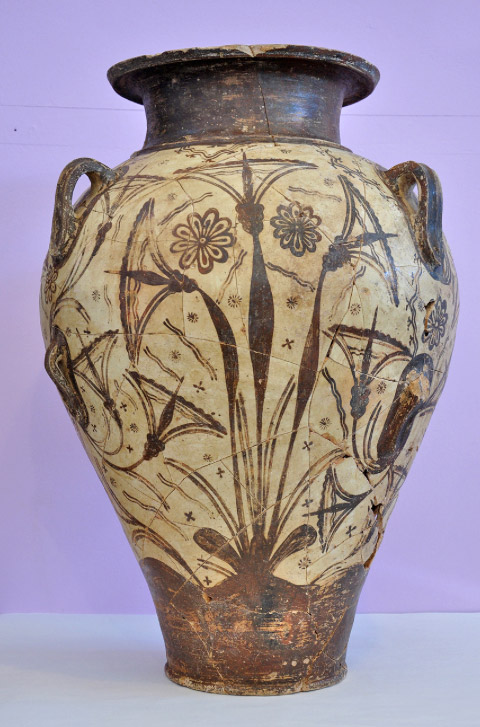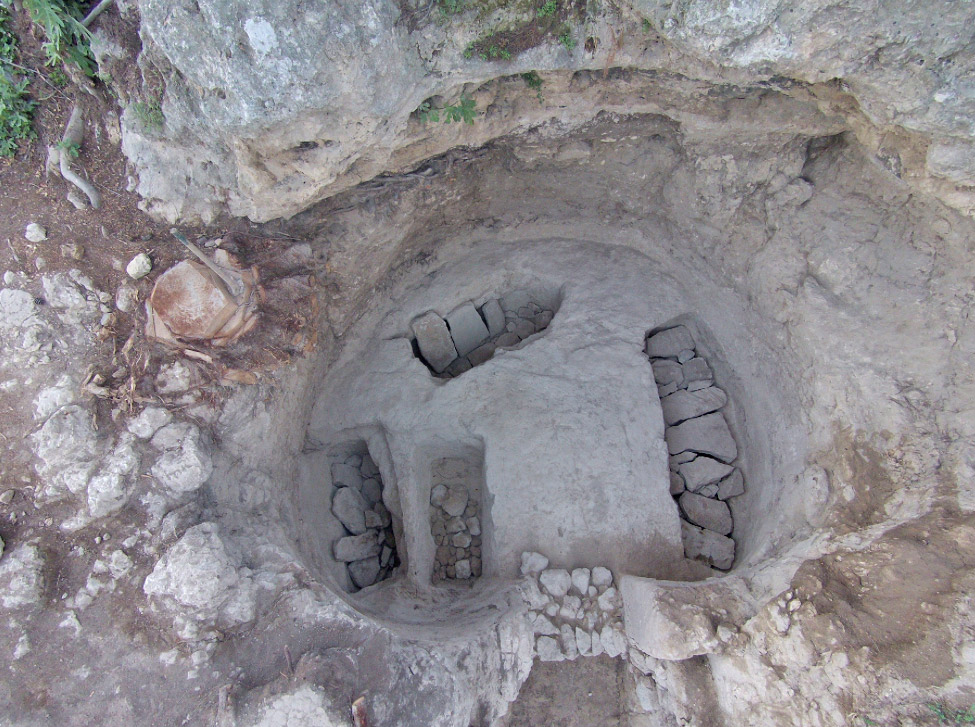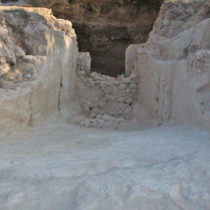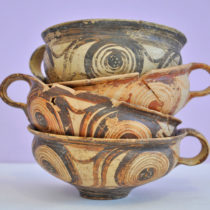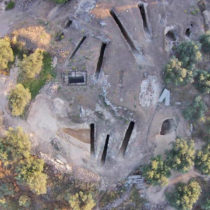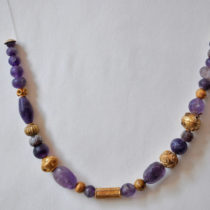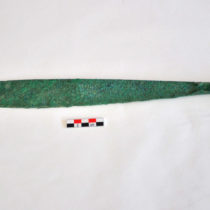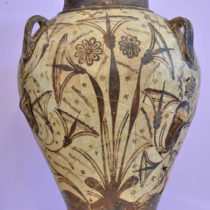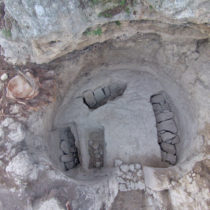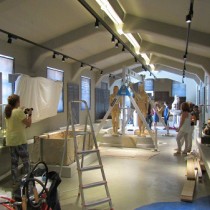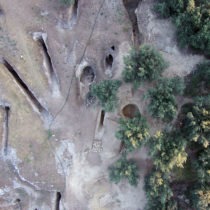The third out of five seasons has been completed of systematic excavations conducted by the Ephorate of Antiquities of Corinth in the Mycenaean cemetery at Aidonia, Nemea.
The Mycenaean cemetery at Aidonia was located almost four decades ago, having been extensively looted and became more widely known in the 1990s, after it was associated with an exceptional assemblage of Mycenaean jewelry that, while about to be sold broad, was repatriated and exhibited in the Museum of Nemea.
The excavation carried out between the looting and the repatriation by the Archaeological Service brought to light a cluster of 16 chamber tombs carved in the rock and made up of three sections: the dromos/corridor, stomio/entrance and the burial chamber.
The Mycenaean cemetery at Aidonia is recently being investigated once more by the Ephorate of Antiquities of Corinth with a permit by the Ministry of Culture and Sports. The excavation is headed by Dr Konstantinos Kissas, the Service’s former director and Assistant Professor of the University of Graz and with the collaboration of Dr Kim Shelton, Professor of the University of California at Berkeley and Head of the Nemea Centre for Classical Archeology.
The new finds
The 2018 excavation completes the discovery of an intact chamber tomb of the Early Mycenaean period (circa 1650-1400 BC), to date one of the largest ever to have come to light at Aidonia. The newly discovered tomb is distinguished for its short but especially wide dromos/corridor, the also short and wide stomio/entrance and the circular chamber, ellipsoid in plan, with dimensions either approaching or exceeding six metres in places. Both the entrance and the chamber itself have morphological similarities with the middle sized vault tombs of the Early Mycenaean period. Four large pits covered with megalithic slabs have been dug in the floor of the burial chamber, which is one more element associated with Early Mycenaean vaulted tombs. Earlier burials were investigated in these pits, which, burials, were accompanied by clay tableware and storage vessels, some of which were monumental, such as an assemblage of Palatial style pithamphorae with stylized decoration inspired from plant and marine life. Bronze knives were also found, daggers and swords as well as numerous arrow heads made of bronze, obsidian and flint. Jewelry was likewise collected including necklace beads made from a variety of materials, decorative pins and other items of prestige such as seals.
The use of the monument continues during the Late Mycenaean period (circa 1400-1200 BC) , which is the date of the burials found directly on the grave’s floor, with simpler grave goods compared to those found in Early Mycenaean tombs.
Moreover, the excavation proved that following its use in Mycenaean times, part of the chamber tomb’s roof collapsed and a rock shelter was formed which was visible before the investigating started. The site’s intensive use in the Archaic and Classical period and in Roman Imperial times, as well as during the transition from the Middle to the Late Byzantine period contributed to the accumulation of extremely thick deposits which largely preserved the Mycenaean monument intact.
The discovery of the intact chamber tomb at Aidonia and an interdisciplinary study of burial assemblages will shed new light on the character of the local ruling class of the Early Mycenaean period.
The archaeological site at Aidonia has been enriched with one more monumental chamber tomb and with evidence of the place’s use in separate periods of ancient and medieval times.
